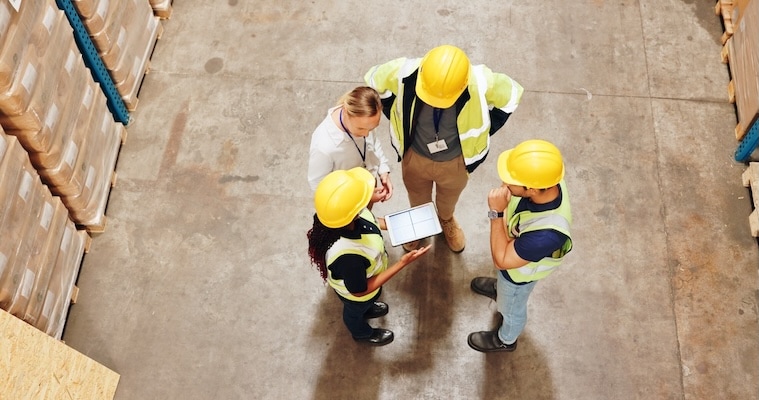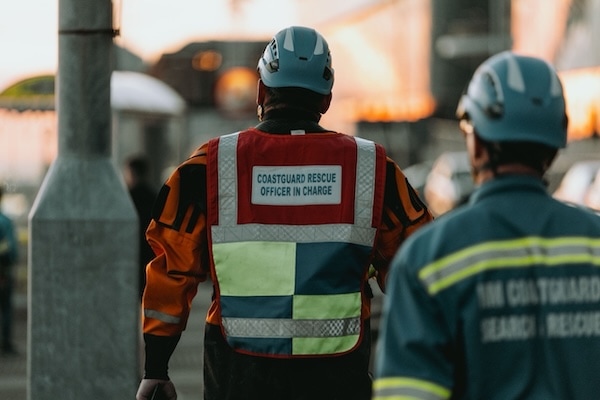Machine guards are made to protect you when working with dangerous equipment on the manufacturing floor. Unfortunately, many workers also view them as an inconvenience or an obstacle to the task at hand. Regardless, guards are for your protection, and using them properly is a safety requirement. This flyer provides more information on machine guards.
Guarding Against Hazards
Specifically, machine guards are used to protect against:
- Direct contact with moving parts
- Flying chips or other debris
- Kickbacks
- Splashing of metal or harmful liquids
- Mechanical and electrical failures
- Any number of potential human errors
While guards may often appear to be a hindrance, overall, they have proven to be otherwise for both security and production. Greater machine speeds are made possible through proper guarding, as production does not have to stop due to injuries and employees can work quicker knowing they have the proper protection in place.
Types of Guards
Two types of guards are used to protect machine operators: fixed guards and interlocking guards. Fixed guards are most commonly used and are generally preferred because they protect you from dangerous parts of machines at all times. Interlocking guards are used if a fixed guard is not practical. This type will not allow the machine to operate until dangerous parts are guarded. The interlocking guard is designed to disconnect the source of power from the machine.
Safety devices such as pullbacks, sweeps, and electronic devices are used where neither a fixed nor interlocking guard can be used satisfactorily. Safety devices are operated by the machine itself. Regardless of the type of guard or safety device used, all provide the operator with the greatest possible protection while using the machine in question.
Make Safety Your Priority
Of course, no guard can do the job without the cooperation of the person operating the machine. Guards are a part of our workplace, and using them properly is your responsibility as an employee. Please observe the following safety requirements:
- Do not adjust or remove a guard unless permission is given by your supervisor or unless the adjustment is a normal and accepted part of your job.
- Do not start machinery without the guards in place.
- If guards are missing or defective, report it to your supervisor immediately.
- If guards are removed for repair or adjustment, the power for the machine should be turned off and the main switch locked and tagged.
- Loose clothing, watches, rings and other jewelry should not be worn around mechanical equipment, and long hair should be tied back.
Safety is our top priority. To accomplish this, we need the commitment of all employees to respect our safety rules and to use guards as intended, to keep everyone on the job safe and productive. If you have any questions regarding guards or other safety issues, please ask your supervisor.







